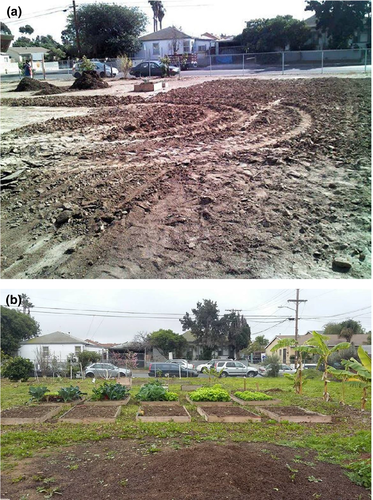
Monitoring and mitigation of toxic heavy metals and arsenic accumulation in food crops: A case study of an urban community garden (Plant Direct)
Plant Science Research WeeklyUrban gardens are a great way to introduce people to plant science, to bring fresh food into areas underserved by grocery stores (“food deserts”), and can promote a sense of community. But as Cooper et al. observe, many potential sites can be contaminated with heavy metals (lead, cadmium) and metalloids…
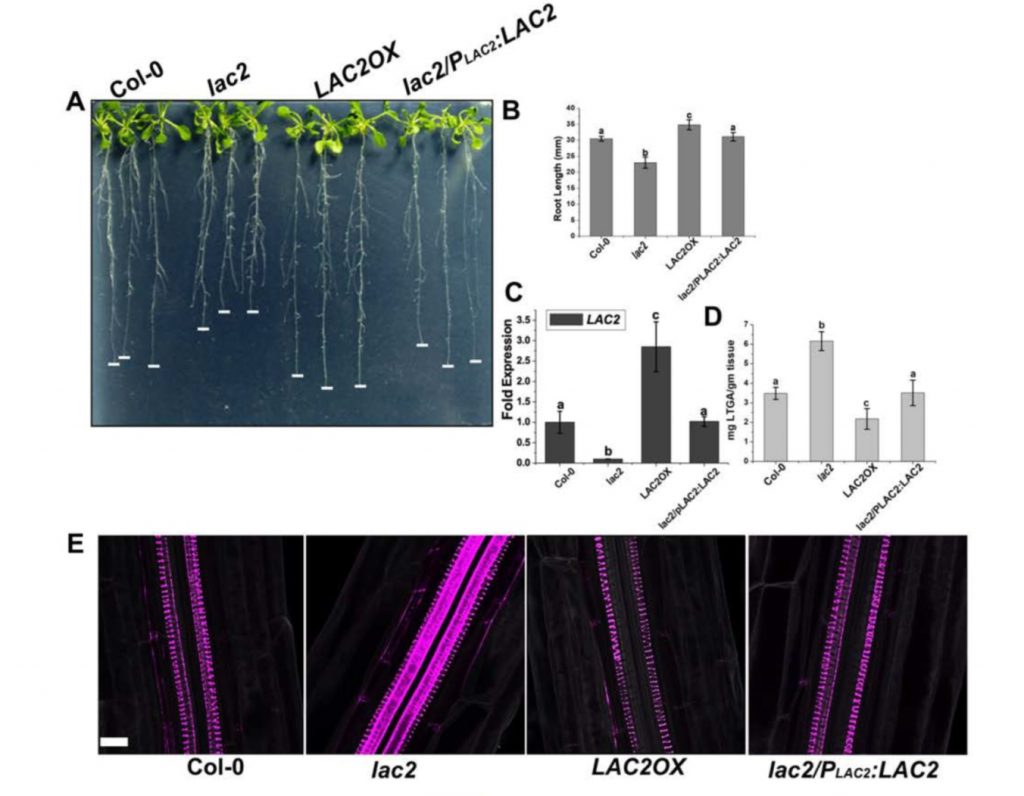
MicroRNA397b-LACCASE2 module regulates root lignification under water- and phosphate deficiency ($) (Plant Physiol)
Plant Science Research WeeklyWater and nutrient availability are a major limiting factors for plant productivity. Plant have evolved a series of complex adaptive features that help them to survive in the hostile environment. Upregulation of lignin biosynthetic genes in roots under salt and water stress have been reported in some…
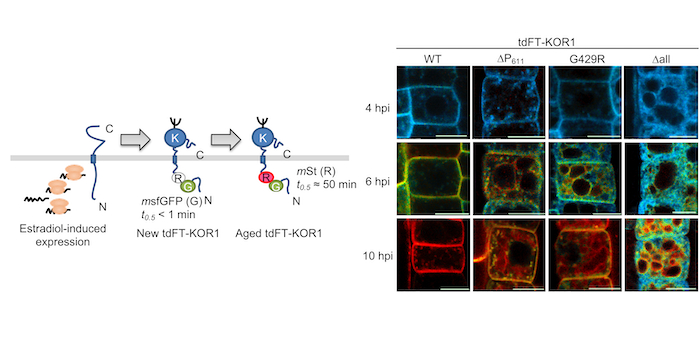
A membrane-bound cellulase in time and space
Research, The Plant Cell, The Plant Cell: In a NutshellNagashima et al. investigate molecular mechanisms for the sorting of a membrane protein KORRIGAN 1 (KOR1) in plant cells.
Plant Cell https://doi.org/10.1105/tpc.19.00714
By Y. Nagashima1, and H. Koiwa1,2
1Vegetable and Fruit Improvement Center and Department of Horticultural Sciences, Texas…
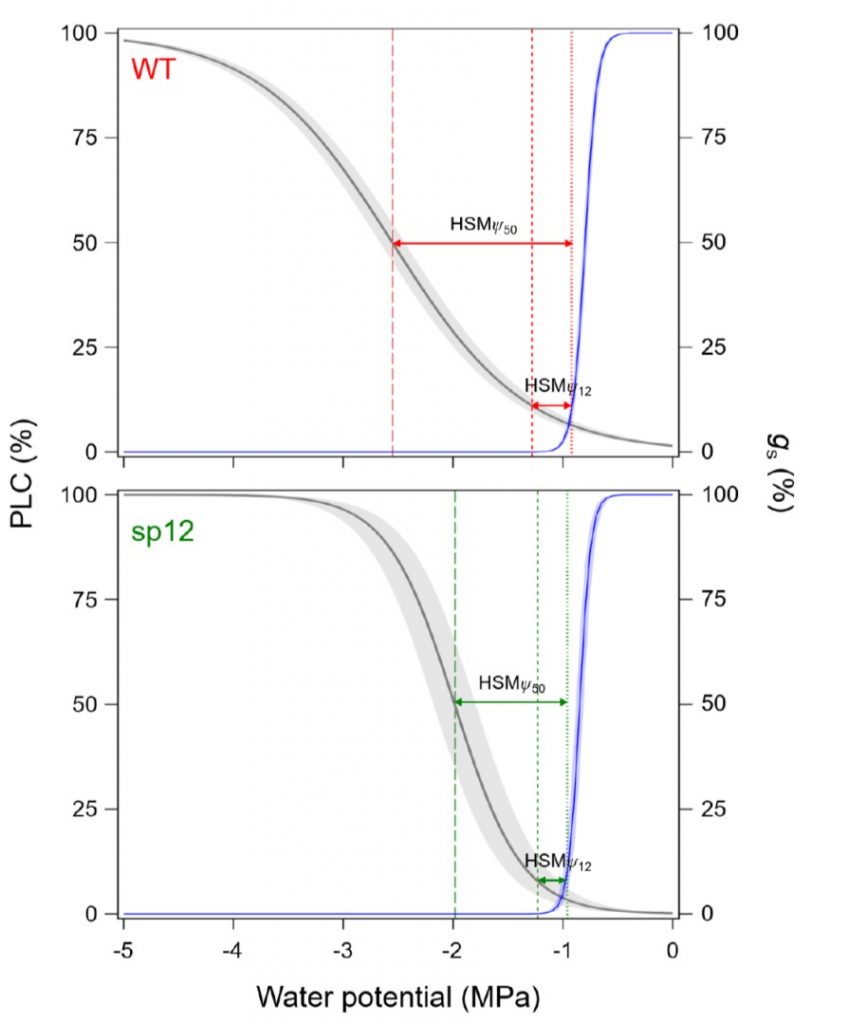
Over‐accumulation of abscisic acid in transgenic tomato plants increases the risk of hydraulic failure (Plant Cell Environ.)
Plant Science Research WeeklyABA enhances stomatal closure and so decreases transpiration. Several studies have shown that increasing ABA levels can increase water-use efficiency, so this strategy has been investigated with the goal of obtaining “more crop per drop”. Lamarque et al. investigated physiological and hydraulic effects…
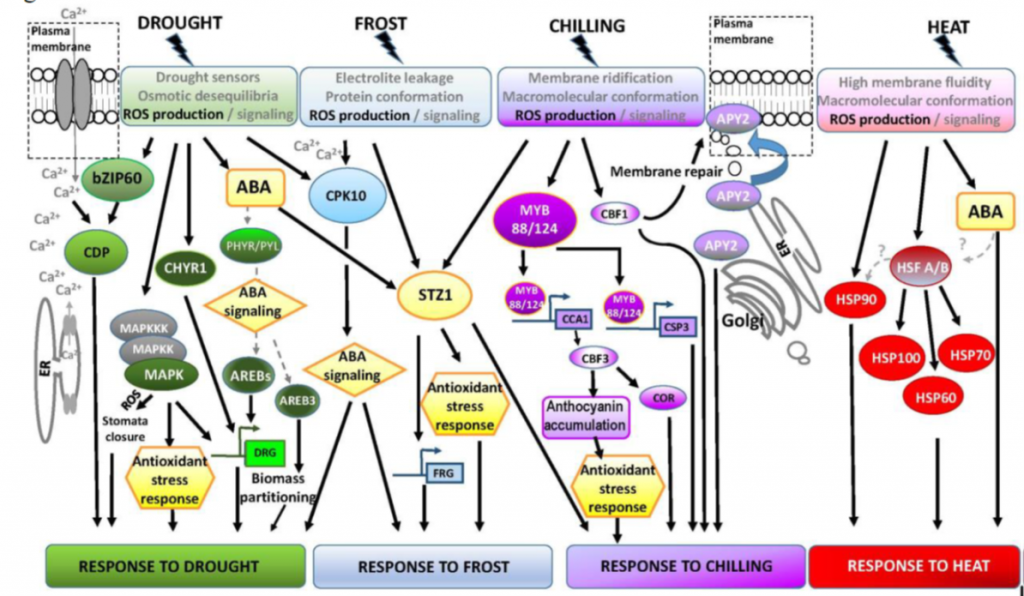
Review: Molecular bases of responses to abiotic stress in trees (J. Exp. Bot)
Plant Science Research WeeklyMuch of our understanding of abiotic stress response comes from studies on short-lived annual plants, for good reasons: they are small and easy to study, their short-generation time makes them amenable to genetic studies, and most of our food comes from annual plants. Trees are more difficult to study,…
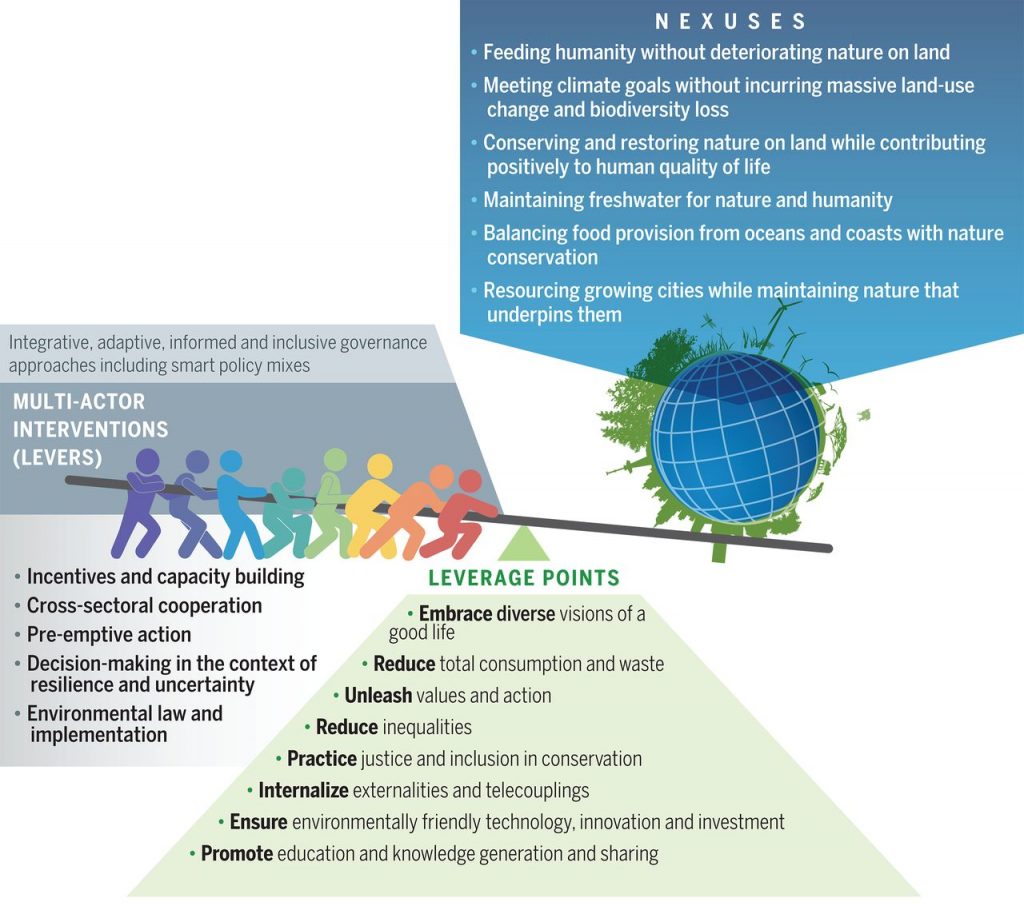
Review: Pervasive human-driven decline of life on Earth points to the need for transformative change (Science)
Plant Science Research WeeklyReading this review by Diaz et al. feels a bit like reading a bad report card. Although we know we’re failing in our role as Earth’s stewards, we don’t always want to be reminded of this. But, in this case we need to read and act on the suggestions for improvement. The authors review the findings…
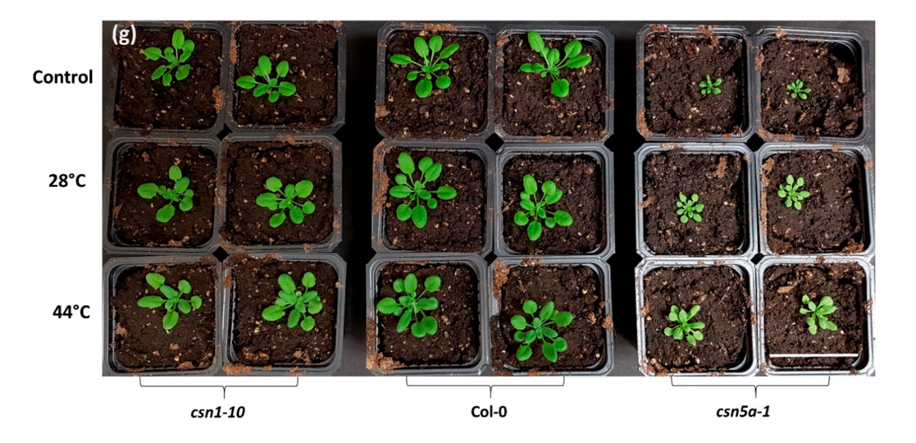
CSN5 of COP9 signalosome modulates heat-response of Arabidopsis (biomolecules)
Plant Science Research WeeklyCOP9 signalosome (CSN) is a conserved multi-subunit complex in higher eukaryotes that was originally identified as a regulator of plant photomorphogenesis. It functions by regulating ubiquitin-mediated protein stability, through the deneddylase enzymatic acitivity of the CSN5 subunit. CSN5 is encoded…
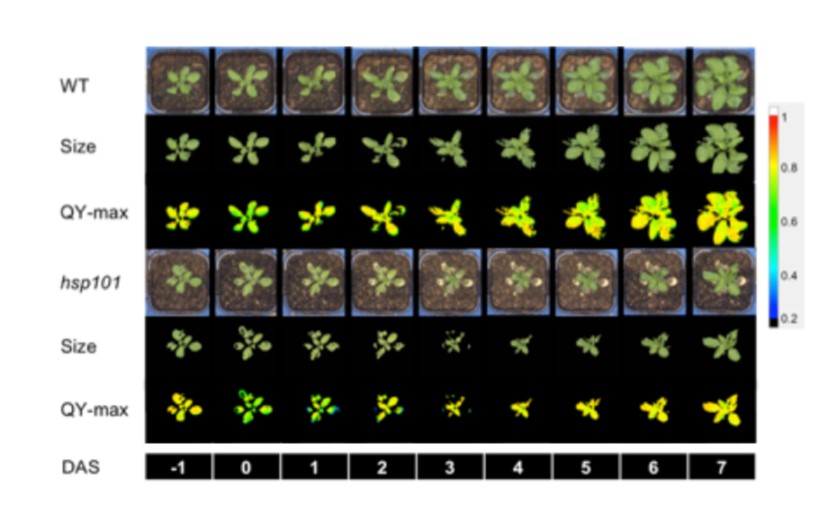
The use of high throughput phenotyping for assessment of heat stress-induced changes in Arabidopsis (bioRxiv)
Plant Science Research WeeklyWith global temperatures rising, tolerance to heat is becoming increasingly important as a breeding target for crop plants, but it is a highly complex response that includes processes including plant cooling capacity, growth recovery, and maintenance of photosynthesis. Using Arabidopsis, Gao et al. developed…

Review: The role of peptides cleaved from protein precursors in eliciting plant stress reactions (New Phytol)
Plant Science Research WeeklyAlthough the first signaling peptide identified in plants, systemin, is involved in stress responses, developmentally important peptide signals have largely occupied the limelight. This Tansley Review by Chen et al. summarizes recent insights into peptides with a role in stress responses: wounding, pathogen…

